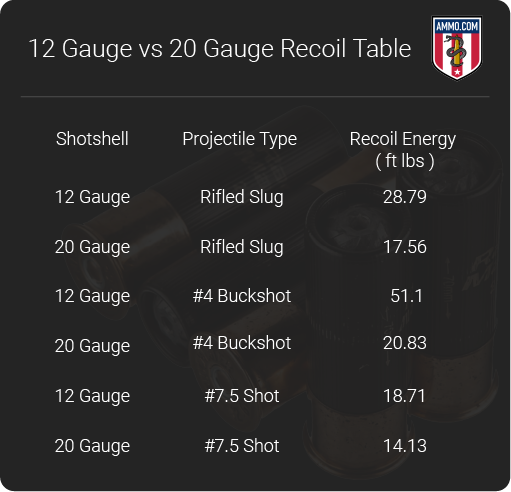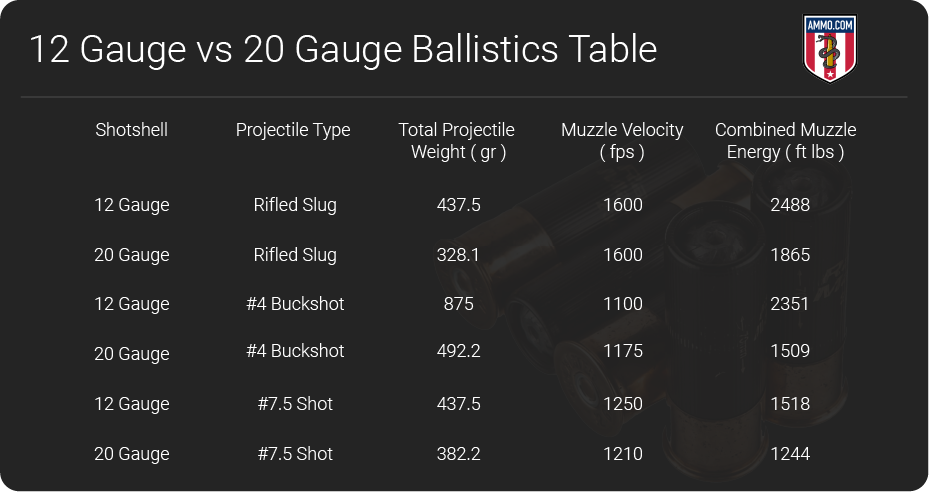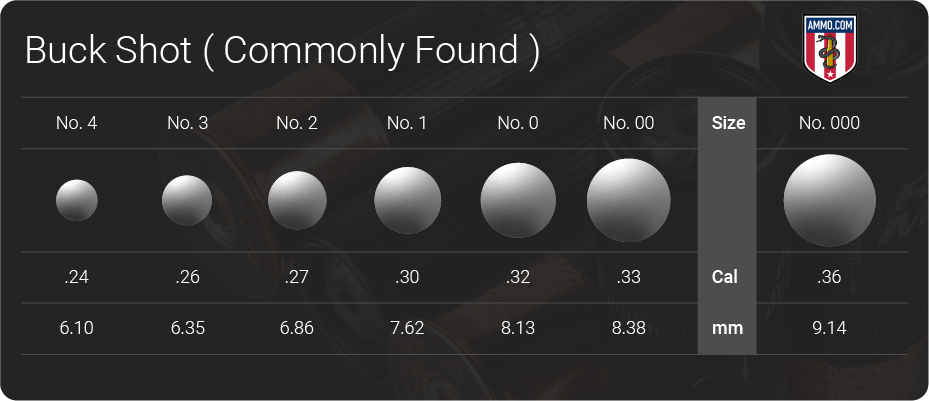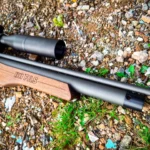Are you in need of tips on how to preserve a deer tail for your next project?
If you are looking to use it as a lure or any craft project, then our step by step guide will help you out. Discover this easy DIY guide to clean and preserve that precious deer tail. Beginning from the carcass and up to the slab, we’ll teach you everything you need to know.
Let’s get started!
Table of Contents
How To Preserve A Deer Tail
Just a heads up – the tips on how to preserve a deer tail that you are about to read is focused more on the simple preservation of this material.
It does not involve tanning; instead, this is the step that you will start with before you tan the deer tail. By preserving the tail, you can get the fur perfectly set. Hence, you can prevent bugs from developing into the material.
Another reason why you would want to learn how to preserve a deer tail is to keep the material intact. Otherwise, it is most likely to get torn over time.
Are you all set to preserve that deer tail? Let’s get started with these tips:
1. Remove the tail.
Naturally you want to first remove the tail off the deer. Cut the tail off depending on the length that you prefer. Some folks snip it at the base of the deer’s buttocks but you can decide on how long you exactly want it to be.
For this step, you will need a pair of utility knife, pliers or razor. Be sure to get the bone out of the tail, or that hard portion. You can do this by slicing it right down the middle.
2. Start the cut.
Next step, you will now have to make your cut. With the tail no longer intact the bum of your deer, lay it flatly on a clean surface.
Keep the bottom portion up with the hairs separated. Then, cut precisely right along the entire length of the tail or over the bone.
You will want to make sure that the hair is parted while you cut to the top. This will help to prevent losing much of the fur or causing some damage to the tail’s overall appearance.
Once you have opened the tail, pick the bone out using your pliers. You need to be very careful with cutting the fat right from the bone’s base portion.
As you hold the hide down, gently pull the tail right off. In some cases, cutting the fat that sticks to the bone may be necessary. Do this as gently and as firmly as possible until the bone is completely out.
3. Clean the hide.
At this point, you are now ready to wash and clean the hide. You only need to use some dish soap diluted in warm water.
Fill up a basin with warm water and mild detergent. Next, submerge the tail carefully and rinse off blood or dirt that may be stuck in it.
Rub it gently with soap but be careful not to tear any piece. When you are done soaping it, you need to rinse it with lukewarm water until there is no more soap left on it.
4. Dry the tail thoroughly.
After you have cleaned the tail, it’s now time to dry it all off.
Lay it on a wax paper and grab your hair dryer to gently dry out the hair and skin. Be sure that it is completely dry.
You may also use some paper towels to further dry it. Sometimes, there’s some moisture left on the skin after using a hair dryer, so paper towels or some dry cloth would come in handy.
In case some fat remains intact, simply scrape this portion off with a serrated knife. But be very gentle and careful since you would not want to cut the skin.
6. Add borax to the tail.
You may be wondering why you need to use borax to the tail. Well, for the simple reason of protecting it from bacteria that might develop on the skin.
Since borax is antibacterial, it helps to apply it on the tail to fully preserve and protect it from damage.
With the tail laying flat and cut open, coat the inner portion with a thin layer of your borax. You may apply as much as necessary, which will coat the flesh that’s fully exposed.
But if you are preparing the deer tail for tanning, you may want to use non-iodized salt instead of borax. Apply a thick layer of non-iodized salt on the flesh until it is fully coated. Let it dry ad add a bit more salt as needed for this salt curing process.
An additional tip when preparing the material for tanning is by making sure all membrane and fat are removed. When you leave even the slightest hint of fat on the skin, this will give the tan an odd color while reducing pliability.
Let the tail coated with borax sit for a few days in a dry and cool place. You need to be certain that the skin is absolutely dry before you use it for your desired purpose.
Alternate Technique On How To Preserve A Deer Tail
Perhaps it doesn’t really matter as much without you if the tail is flexible or pliable. In this case, you may go for the dehydrator technique.
A food dehydrator is just what you need to really dry the material out. But at the same time, it will completely dry the flesh out, which may not be ideal for some people.
You can simply leave the tail in a food dehydrator for a few days. This will completely dry the material, yet you will no longer be able to reform it to the way you want without causing the hide to break.
What To Do With Preserved Deer Tail

Now that you have completed the process of preserving deer tail, you may be curious to find out what exactly you can do with it.
Well, if you are an angler, you can certainly use the deer tail on jigs. This is a fine material that is strong and durable, which is perfect for jigs to use on fishing.
But if you are not into angling, you can also use the hair of deer as a paintbrush. You will love the durability and steadiness of the tail and the brush works for your ceramic glaze.
And lastly, you can make small purses or dice bags for the tail. Just put the parts together and add a smooth lining or just leave it as is – leathery and all.
No matter what you decide to do with your preserved deer tail, it is sure to be a great project to work on with amazing results!
Final Thoughts
Preserving deer tail may initially seem to be a complex and intimidating process.
But by checking out our quick guide on how to preserve a deer tail, now you understand that it is actually quite simple and basic.
With only a few tools and some know-hows that we have just shared with you, the entire process should go as seamlessly as possible.
We hope this post has been helpful, and now, you are ready to start preserving deer tail for your next DIY project!








![Air gun 101: The differences between .177 & .22 – Which jobs they do best ? [Infographic]](https://airgunmaniac.b-cdn.net/wp-content/uploads/2024/11/1773-218x150.jpeg)






























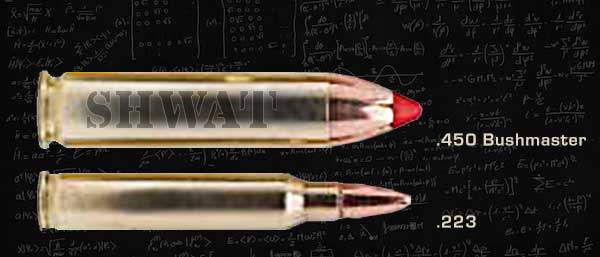

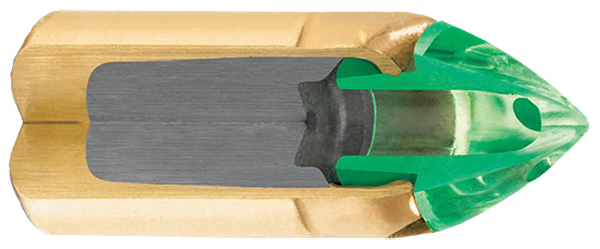
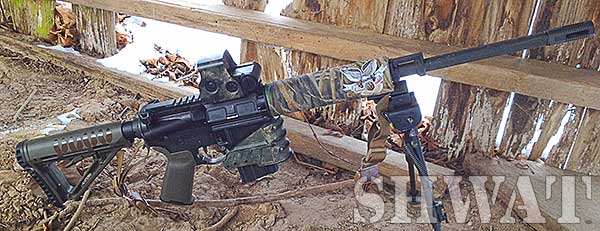

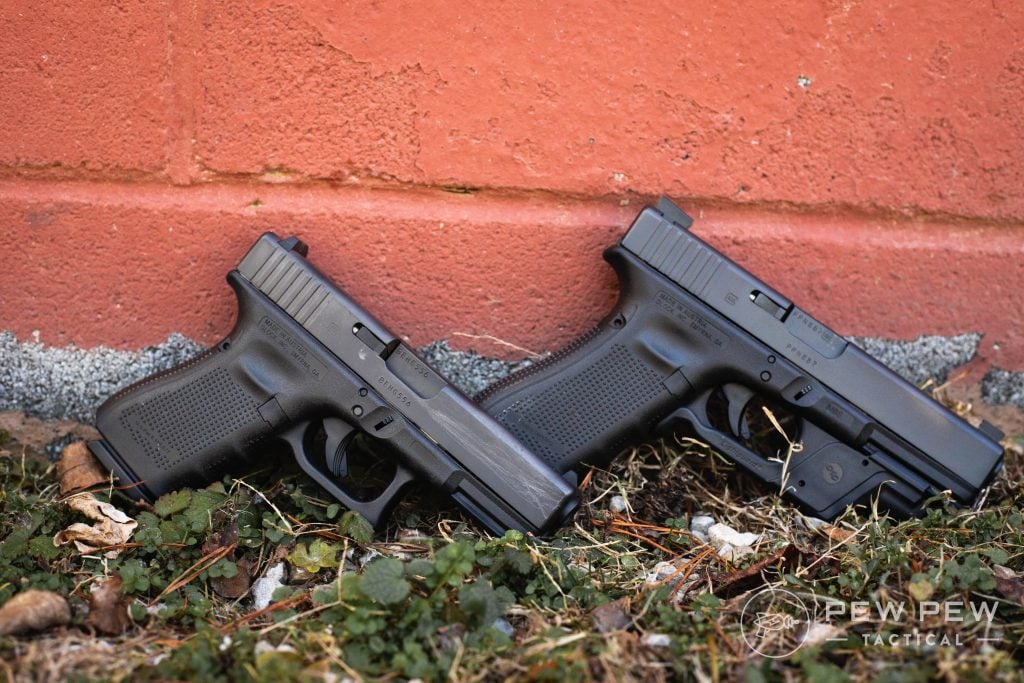



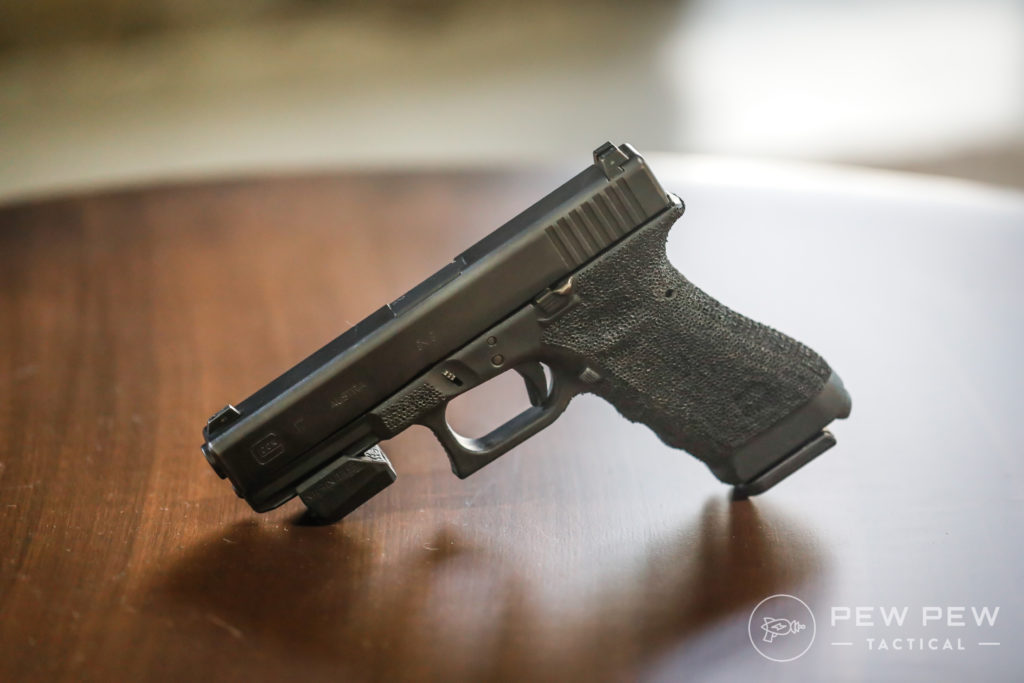
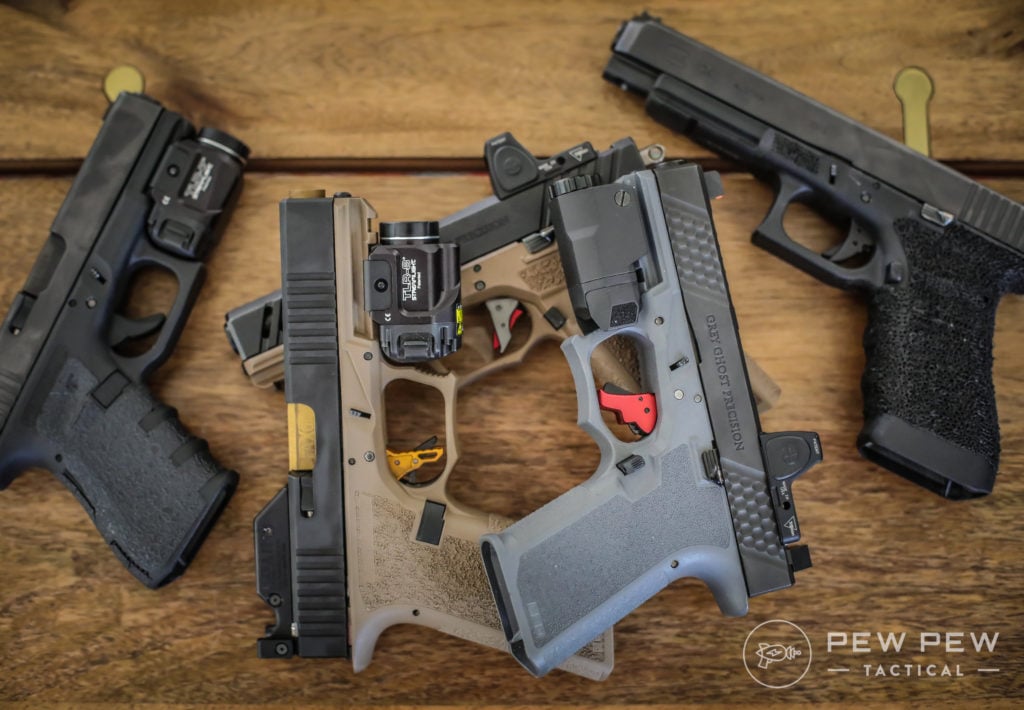
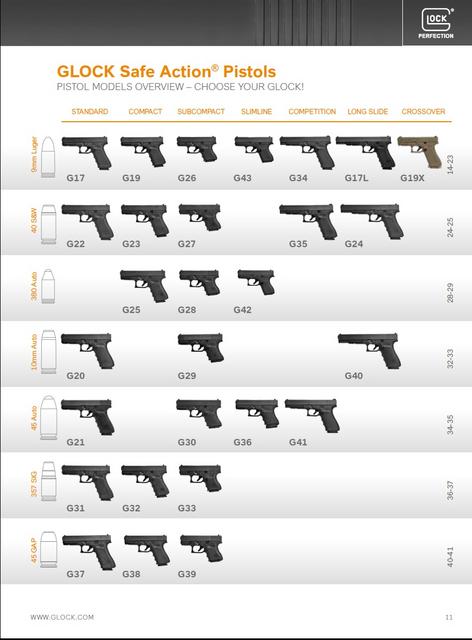
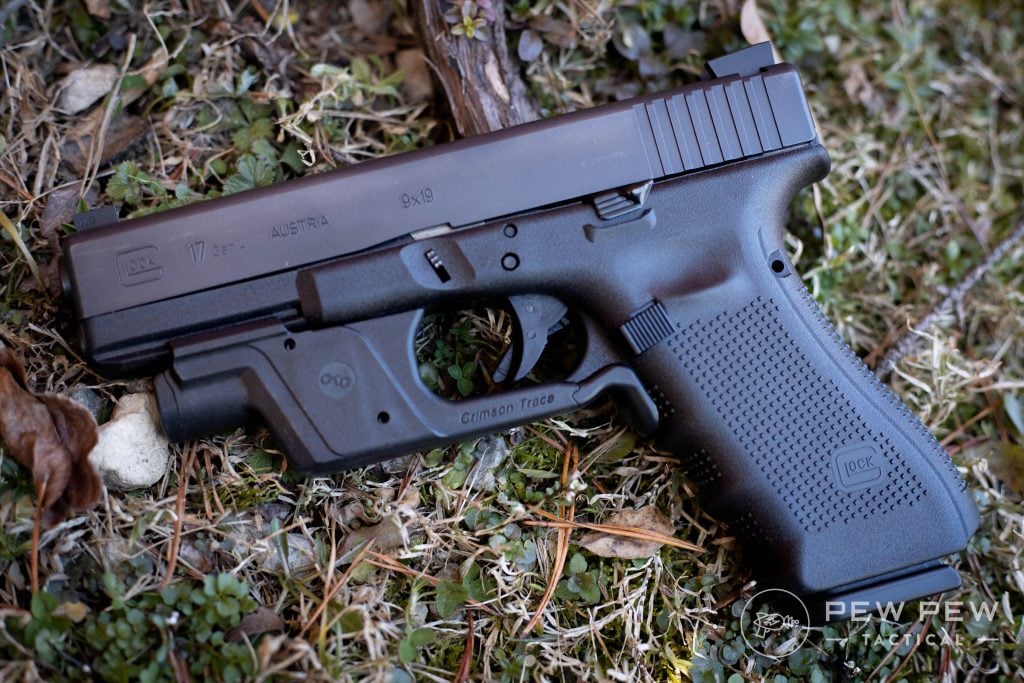
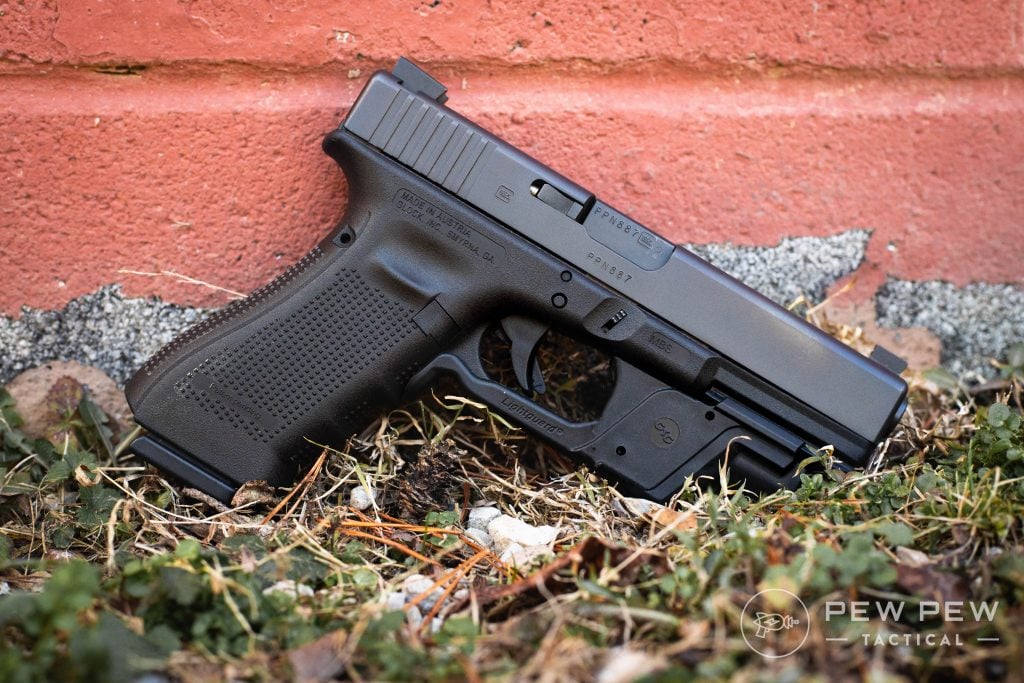

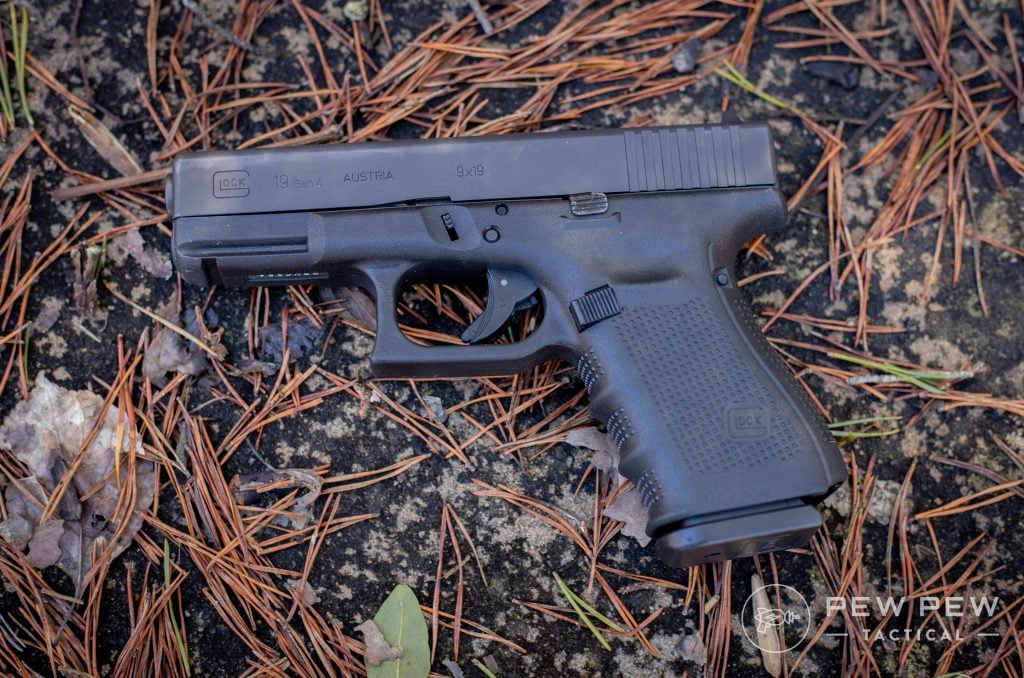
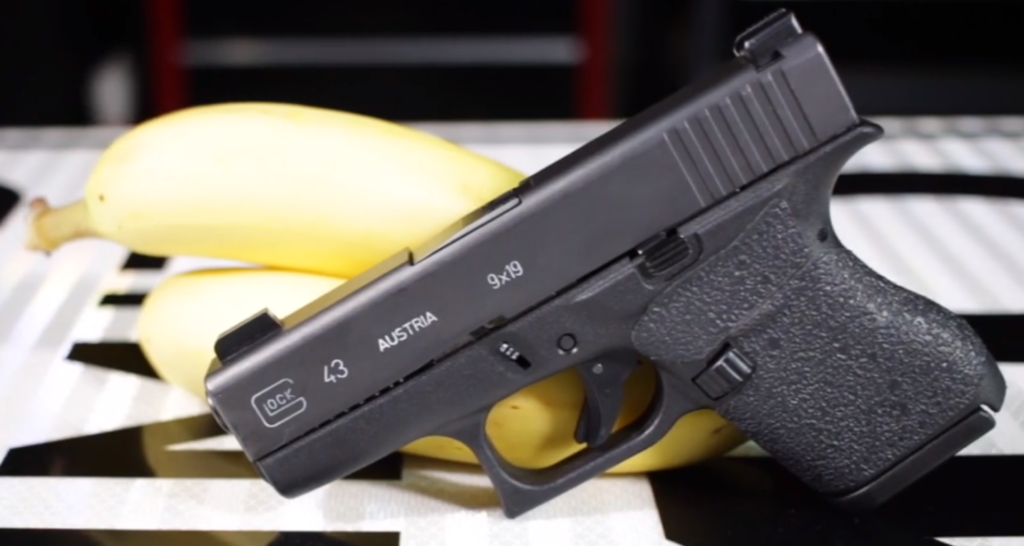
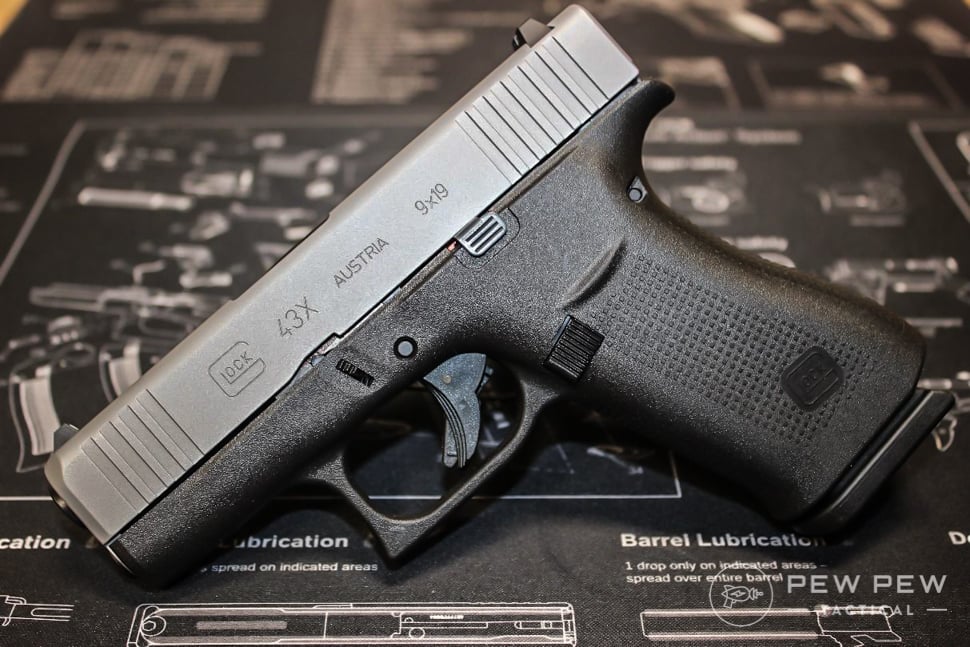
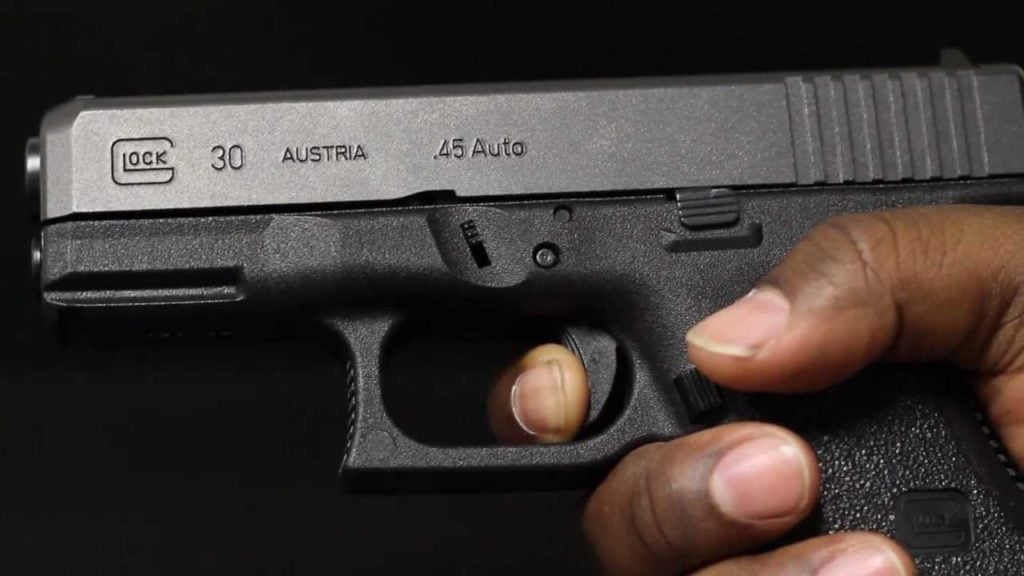
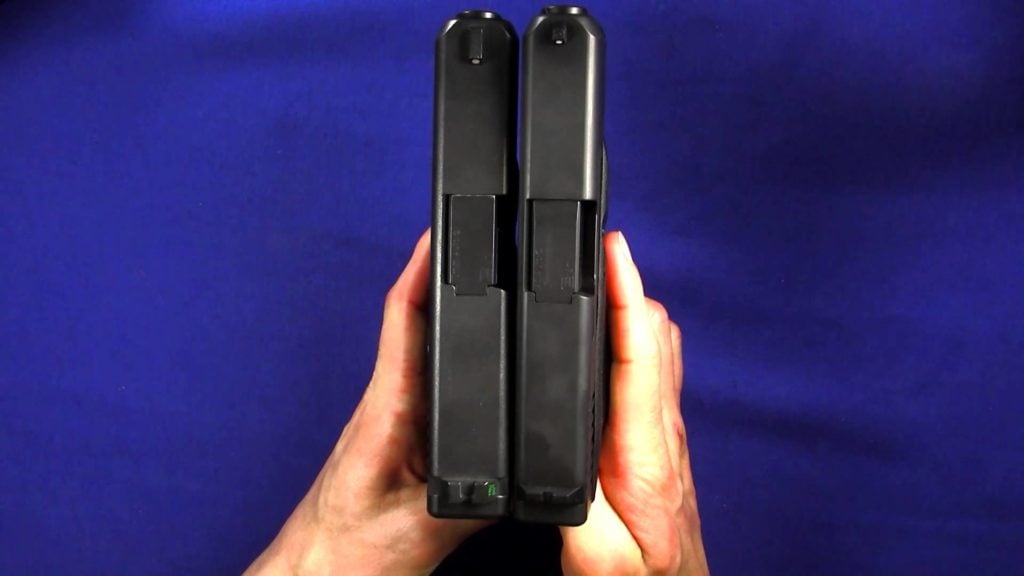
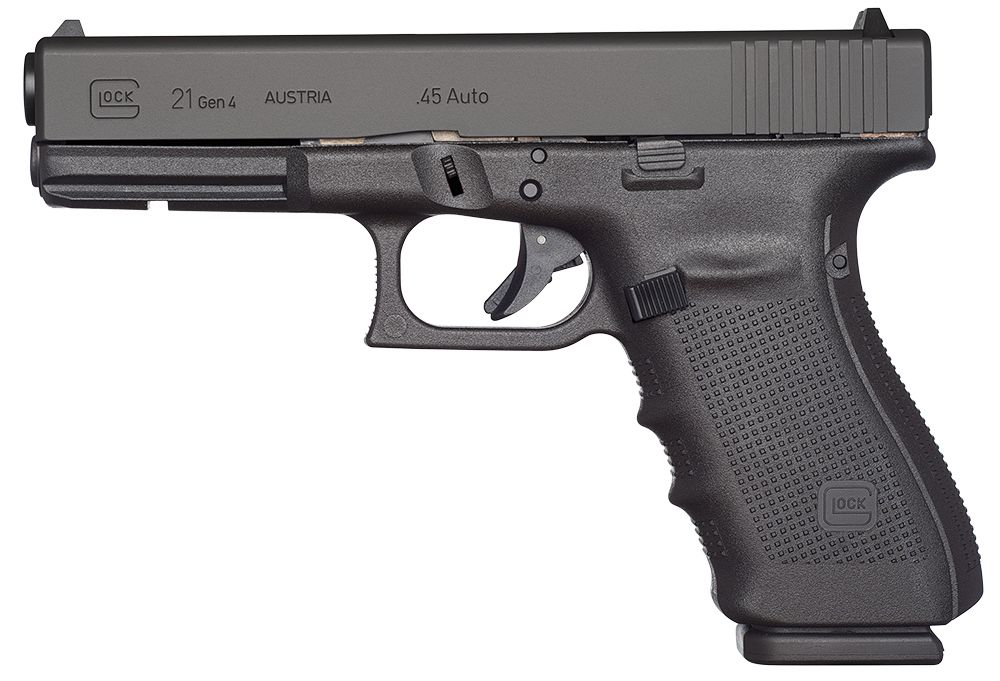
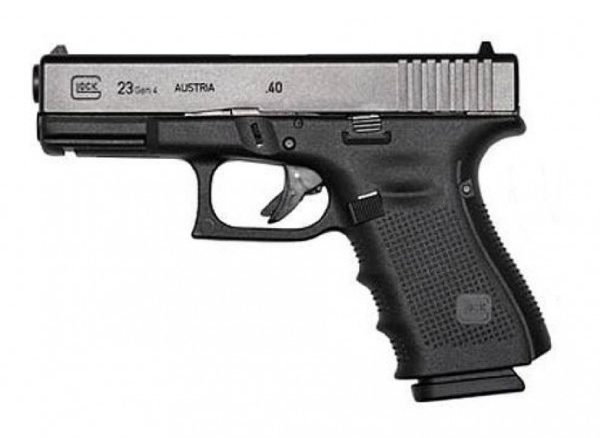
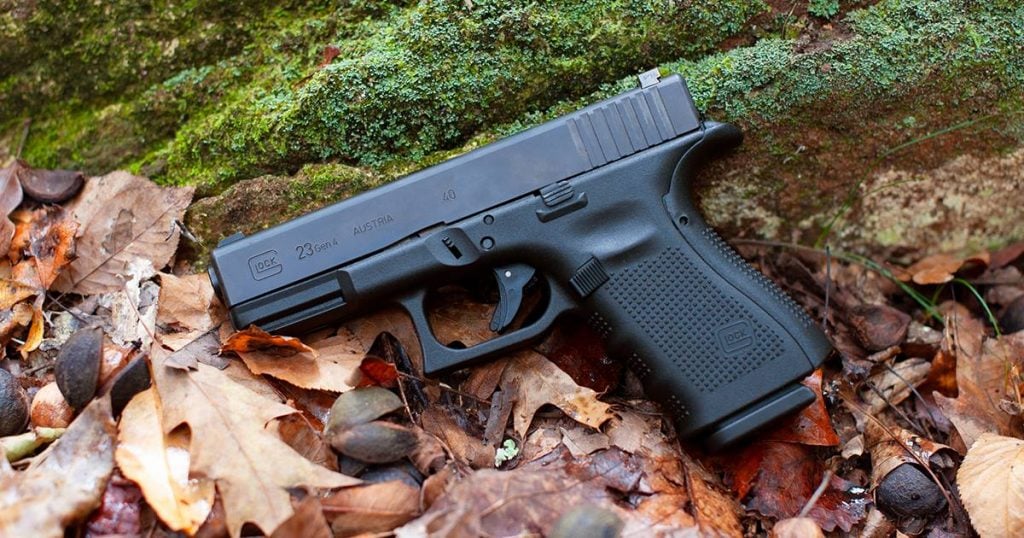
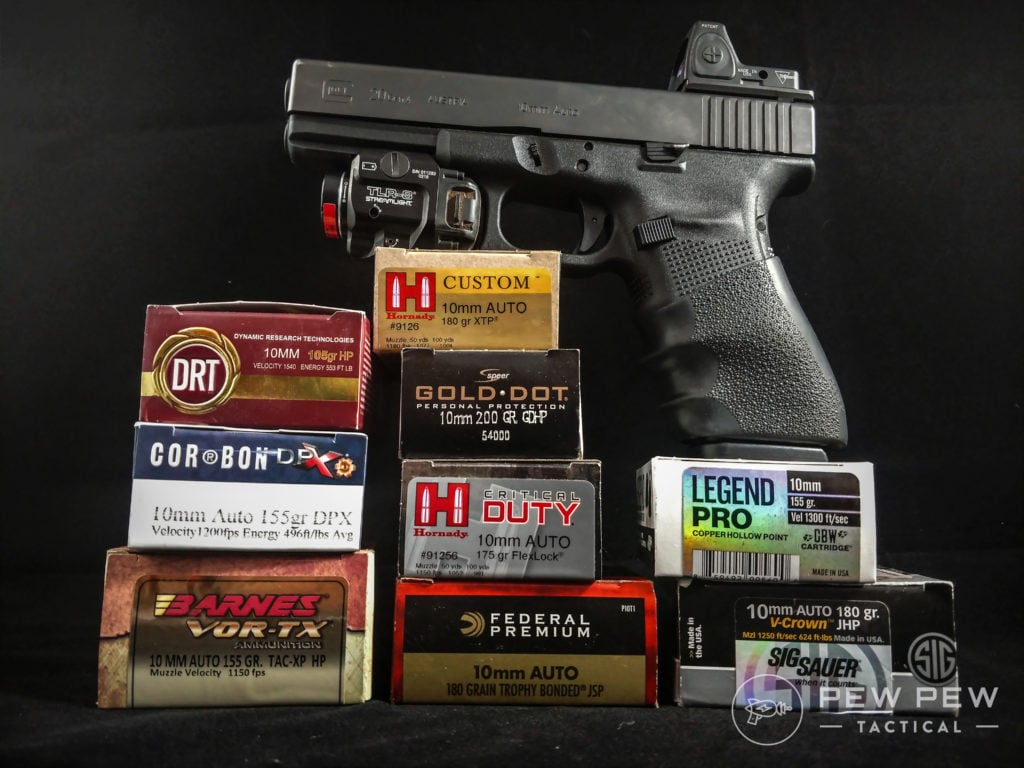
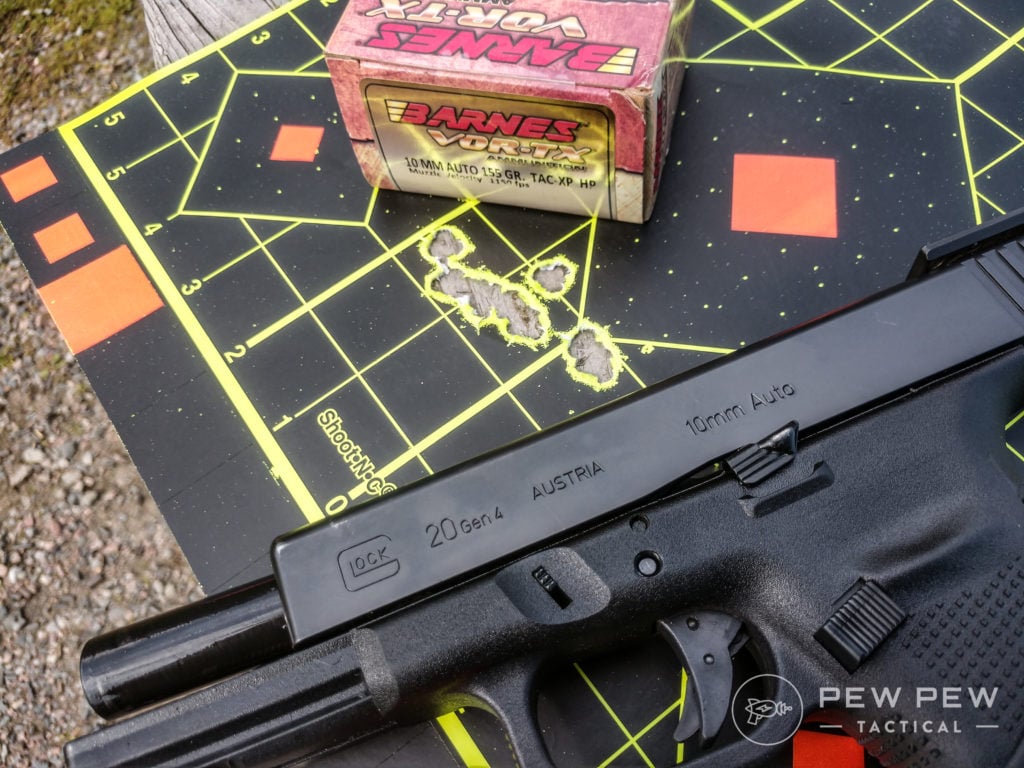

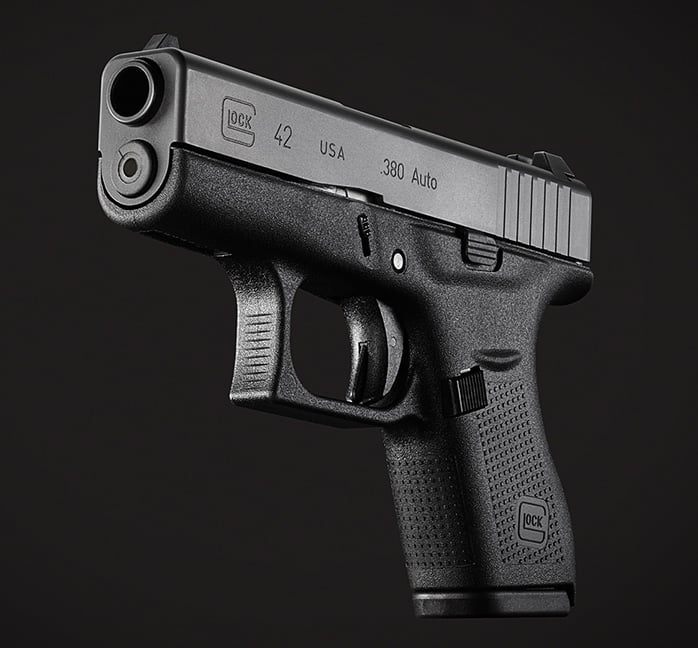
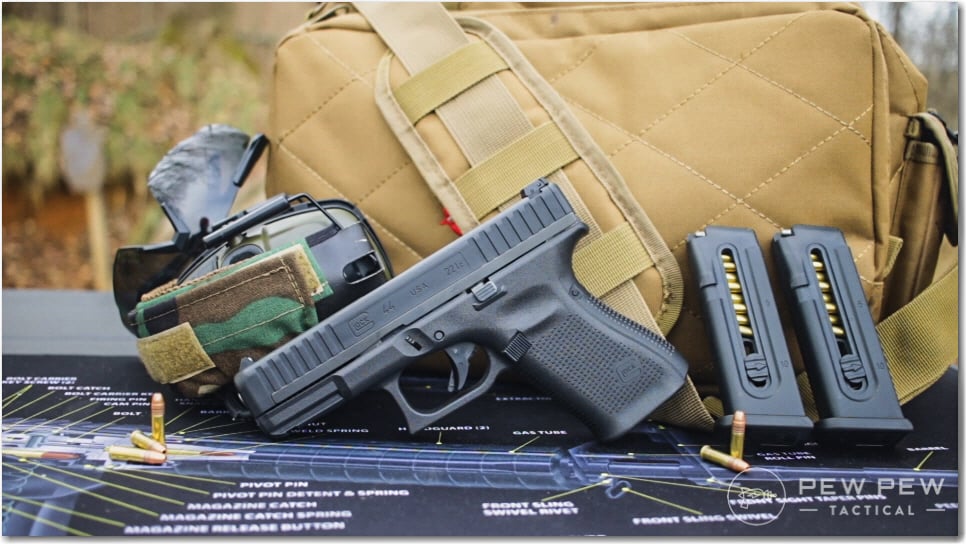
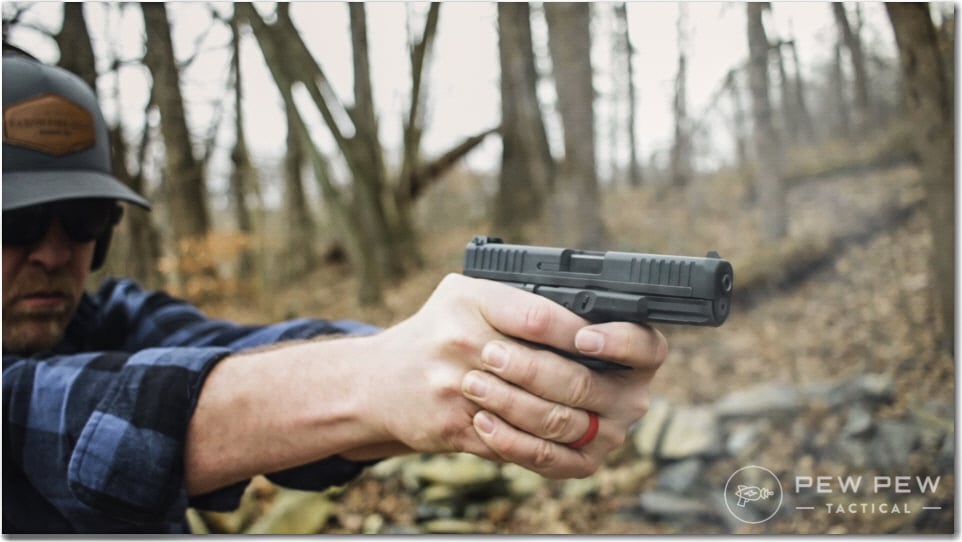
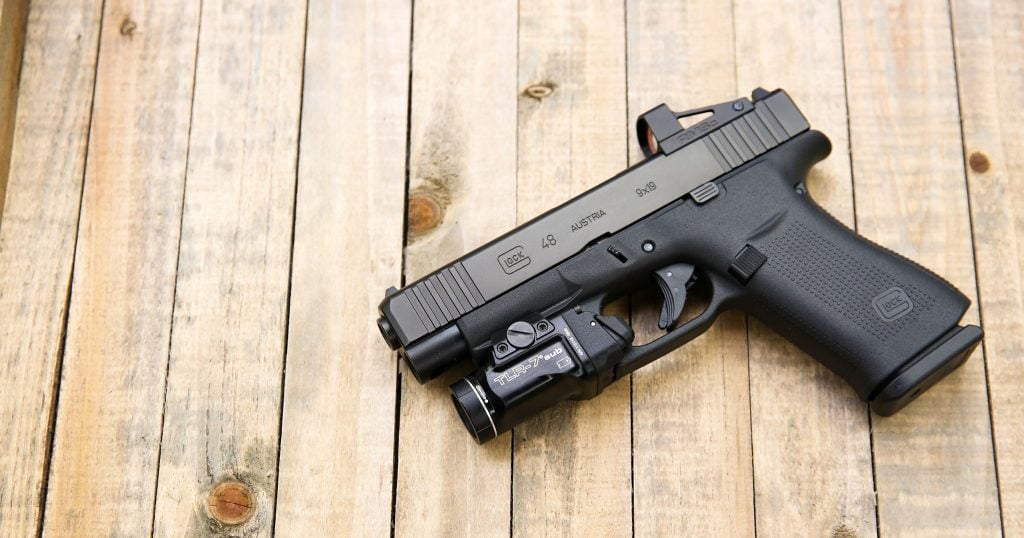
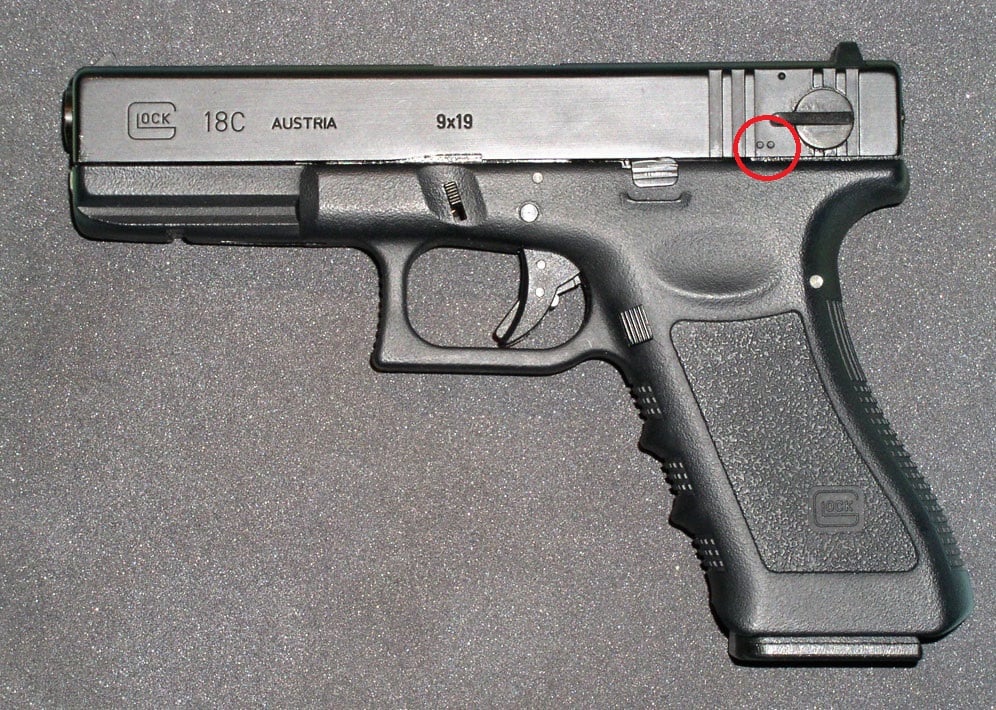
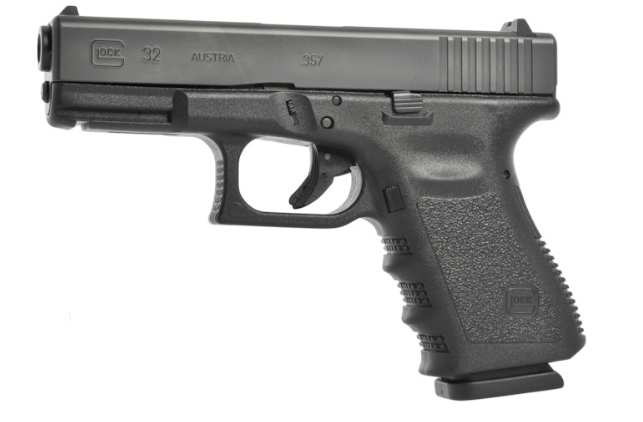
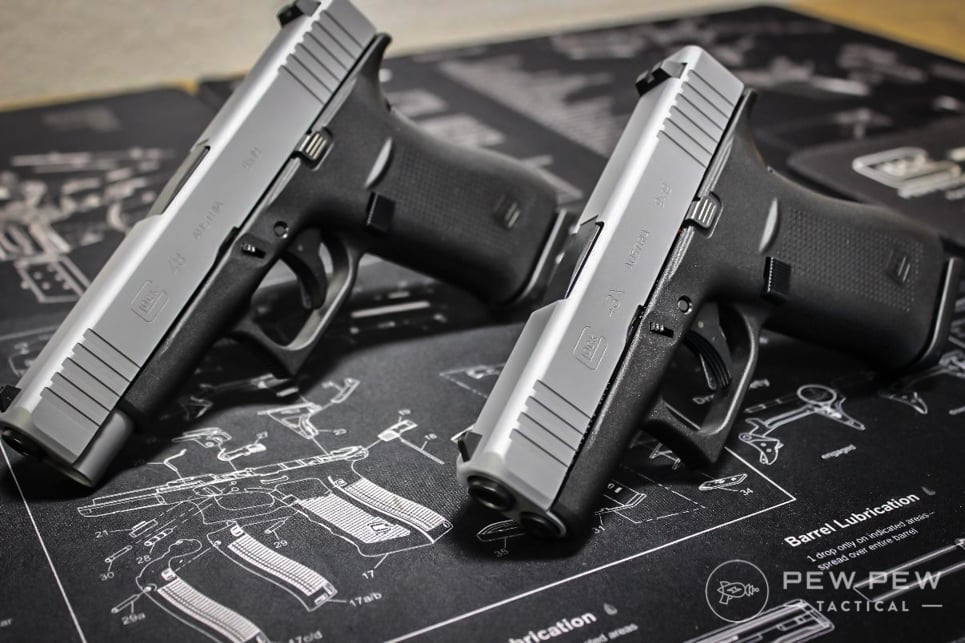



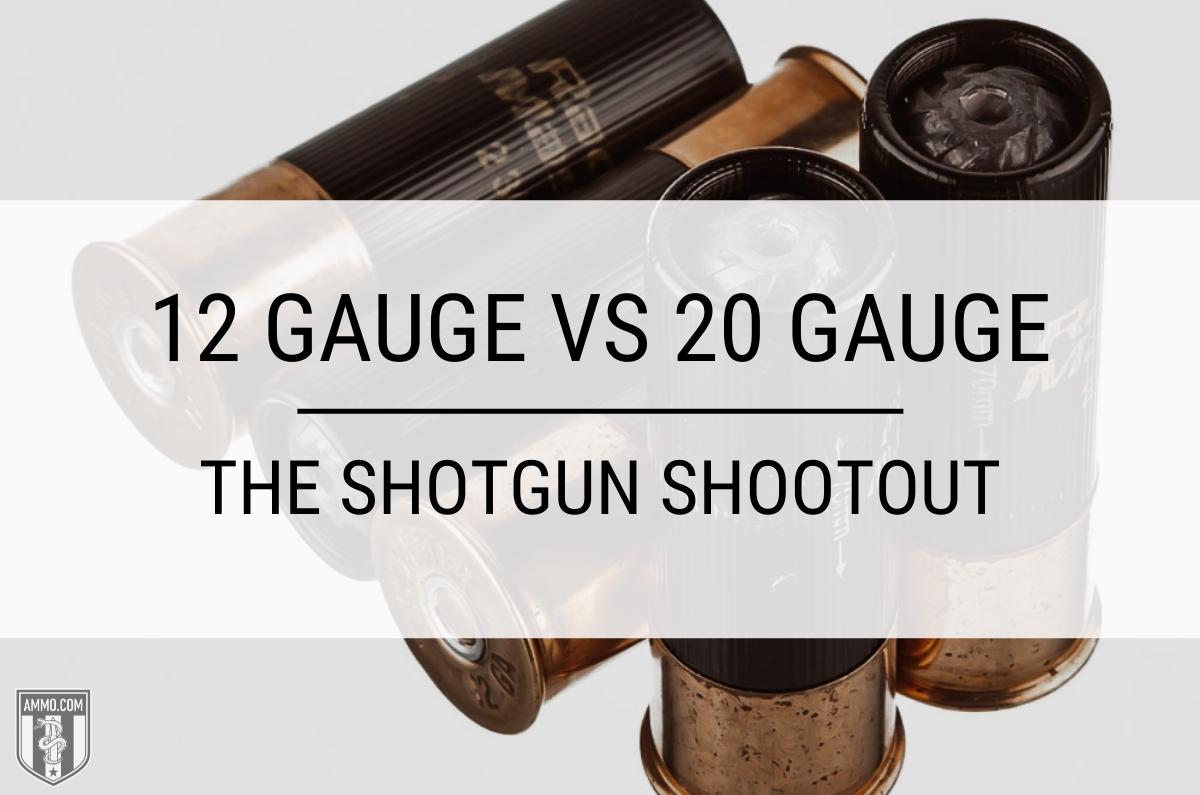 The versatility of a shotgun cannot be matched by many other types of firearms. You can select from a wide variety of gauges, barrel lengths, chokes, shot sizes, and more. This allows a shooter to utilize a shotgun for a multitude of purposes like hunting, home defense, and sporting clays.
The versatility of a shotgun cannot be matched by many other types of firearms. You can select from a wide variety of gauges, barrel lengths, chokes, shot sizes, and more. This allows a shooter to utilize a shotgun for a multitude of purposes like hunting, home defense, and sporting clays. 